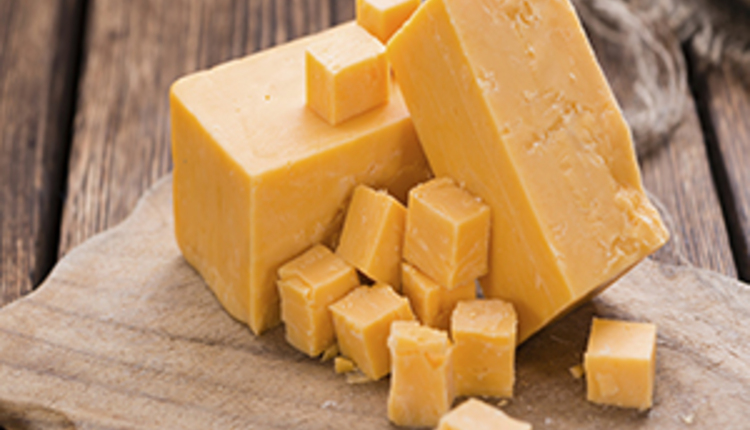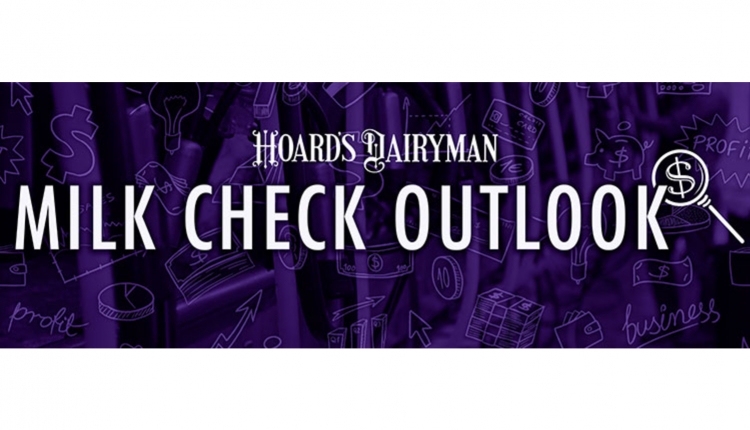
On the export front, cheese, headlined by Cheddar, butter, anhydrous milkfat, and whey protein concentrates at 80% protein and higher, posted stronger sales in April. This took place despite continued tariff headwinds impacting overall trade.
While those market tribulations continue to be concerning, price still matters. To that end, U.S. cheese prices remained at a 30- to 40-cent discount when compared to the two largest dairy exporters – the EU and New Zealand. Butter prices stood at an even steeper discount of $1 per pound lower when compared to the top two exporters. Those two market dynamics helped move more product.
There are signs this situation could continue as some major dairy regions in the European Union face major drought. In the near term, New Zealand is entering its winter season when milk production slows dramatically in the nation's pasture-based system.
Adding to the export dynamics is a weaker U.S. dollar. Dating back to January, the Mexican peso has gained 6% against the U.S. dollar, allowing those in Mexico to get more value for their money. The Japanese yen and the South Korean won have posted even higher gains when compared to the greenback.
Butter sales continue to boom
For the most part, the U.S. has largely been a nonplayer in the world milkfat export market for years. Even last year, America only exported 5% of its production on a full-fat basis versus 22% on a skim solids basis after removing butterfat. That changed this year as butterfat levels on the farm continued to post historic growth, and U.S. butterfat also sells at a discount on the world stage.
Through April 2025, the U.S. has already exported 71.4 million pounds of butter and anhydrous milkfat. By comparison, the U.S. exported 99 million pounds of those two products all last year. This means that U.S. butter makers have sold 72% of last year’s sales volume in the first four months of the year.
Meanwhile, cheese exports not only posted an April monthly record at 109 million pounds, but that recent total also stood second to the March 2024 all-time record of 110 million pounds. Cheddar sales were equally noteworthy, posting a new monthly record that had stood since March 2014. These cheese and butter exports have drawn down inventories in cold storage.
Domestic and global demand for high-end protein continued to boom with whey protein concentrates at 80% protein and higher posting 23% growth when compared to the same time last year. Meanwhile, one category that deserves a watchful eye is whey protein. It had been a big seller to China, accounting for nearly 70% of U.S. exports last year. In April, sales were off 21%.
Some domestic concern
On the domestic front, cheese is the largest category in food service accounting for over 50% of sales and it’s been powering the dairy category for years. However, Mozzarella sales were off 2.2% in the first quarter as major pizza chains posted a lower year-over-year reduction in sales due to lower customer traffic. While some food chains have seen slower sales, Mozzarella sales to higher-end pizzerias continue to show growth.
On the flip side, yogurt sales continue to surge. The entire category grew 9% on volume which pushed dollar sales over $11 billion, and sales were up 11% in the most recent four-week window, according to Dairy Management Inc. High-protein Greek yogurt accounts for over half the category and some major $1.5 billion plant expansions were announced this spring by Chobani.
While product and ingredient markets have been more positive than negative, margins for dairy producers slipped in March to $11.55 per hundredweight due to falling milk prices tracked in the Dairy Margin Coverage program’s formulas. This margin is calculated using the All-Milk price less corn, soybean, and alfalfa feed costs, and does not include other expenses or revenues on farm. Given current forecasts, 2025 could be the third-best price year on record. Again, milk price does not equal profit margin.










